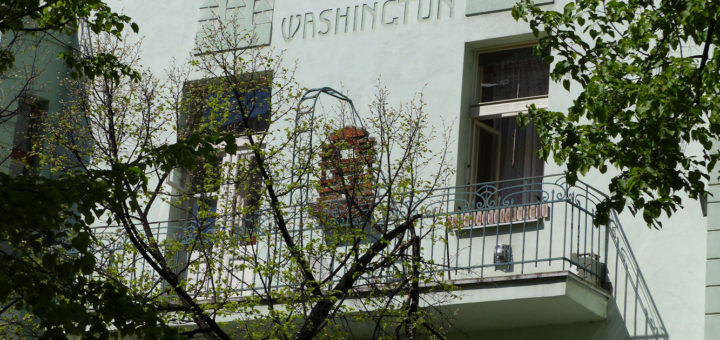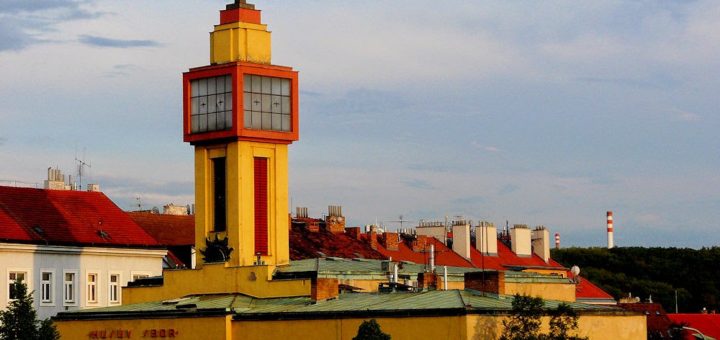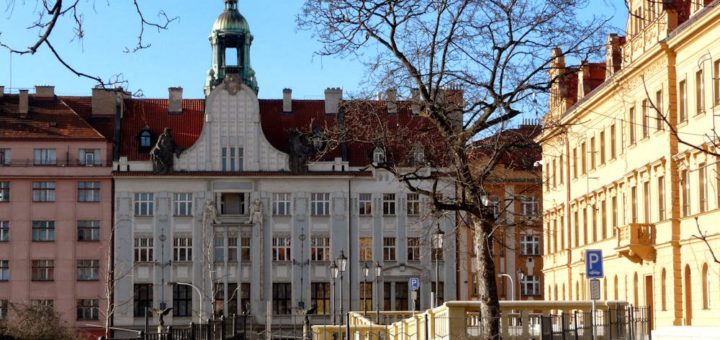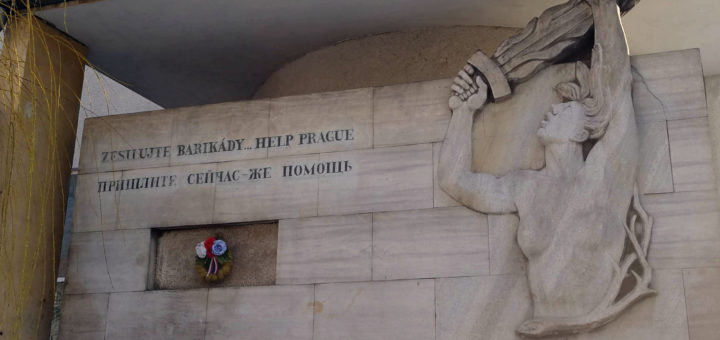Korunní 2456/98: Former Energy Dispatching Centre
Today’s Police Headquarters in Vinohrady (Prague 10) started life as the dispatching centre for the state energy provider České Energetické Závody (ČEZ). It was constructed between 1948 and 1952 according to a design by the...


















